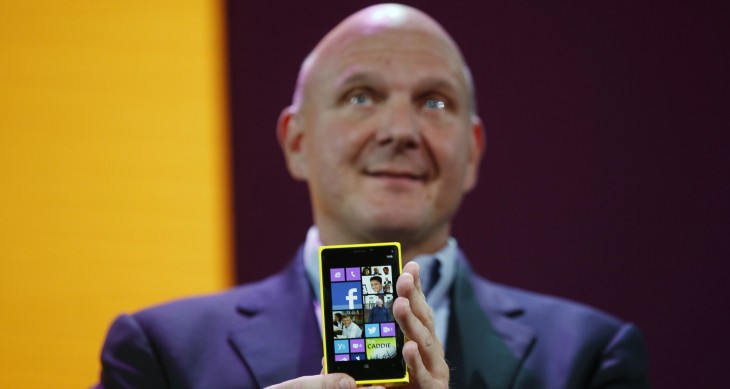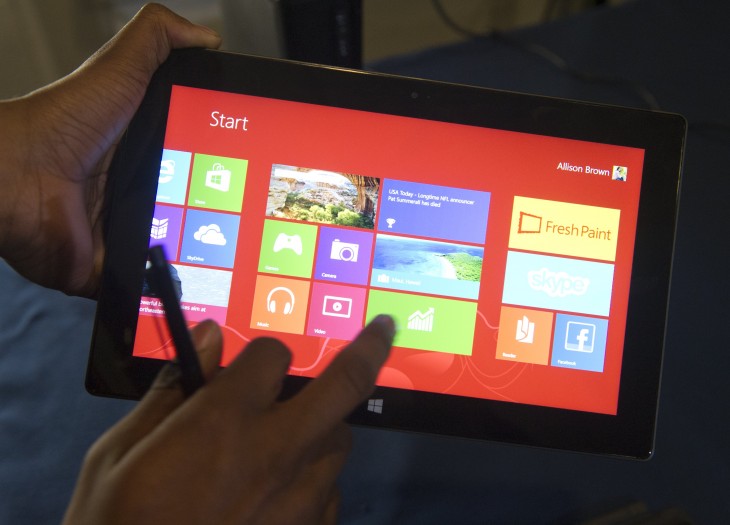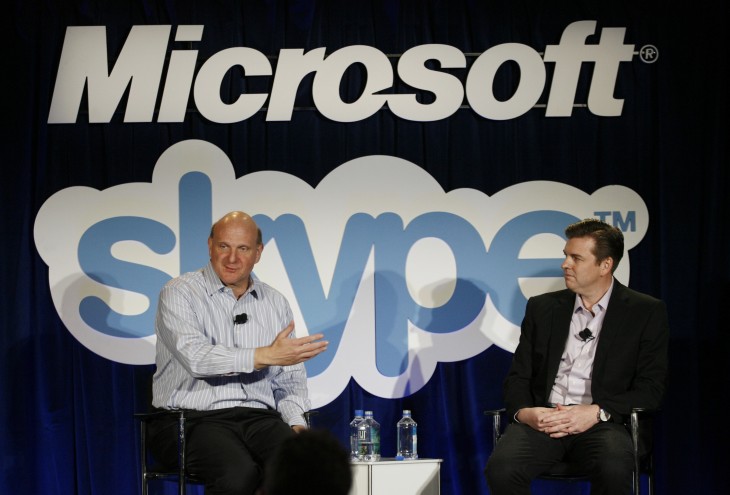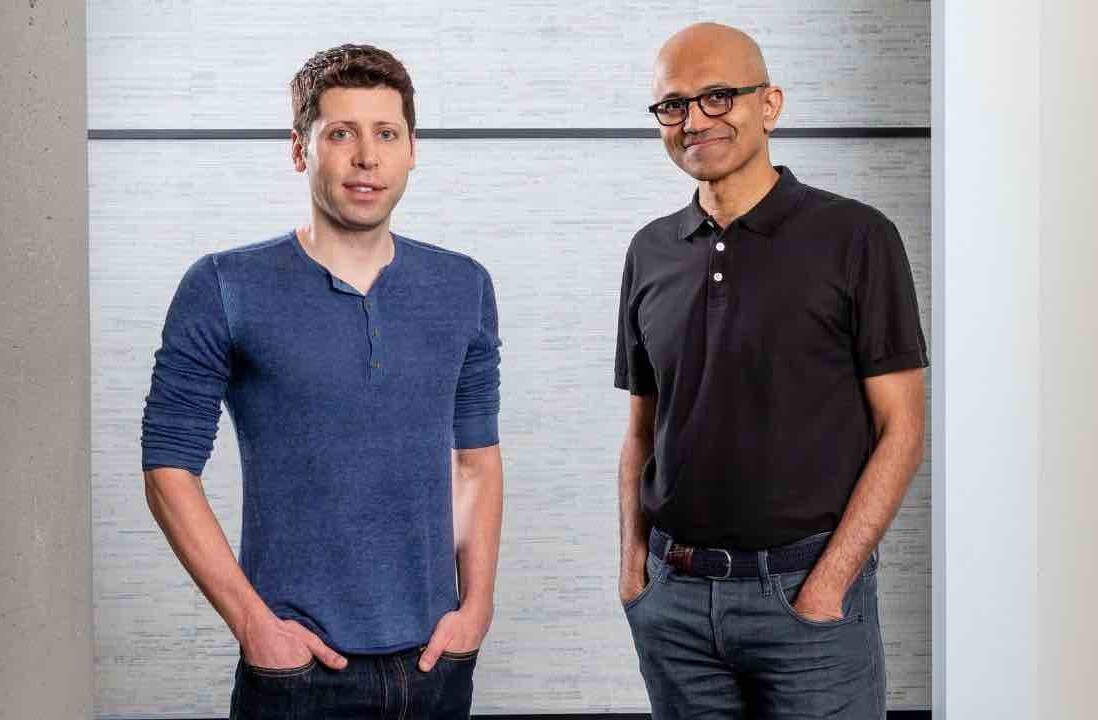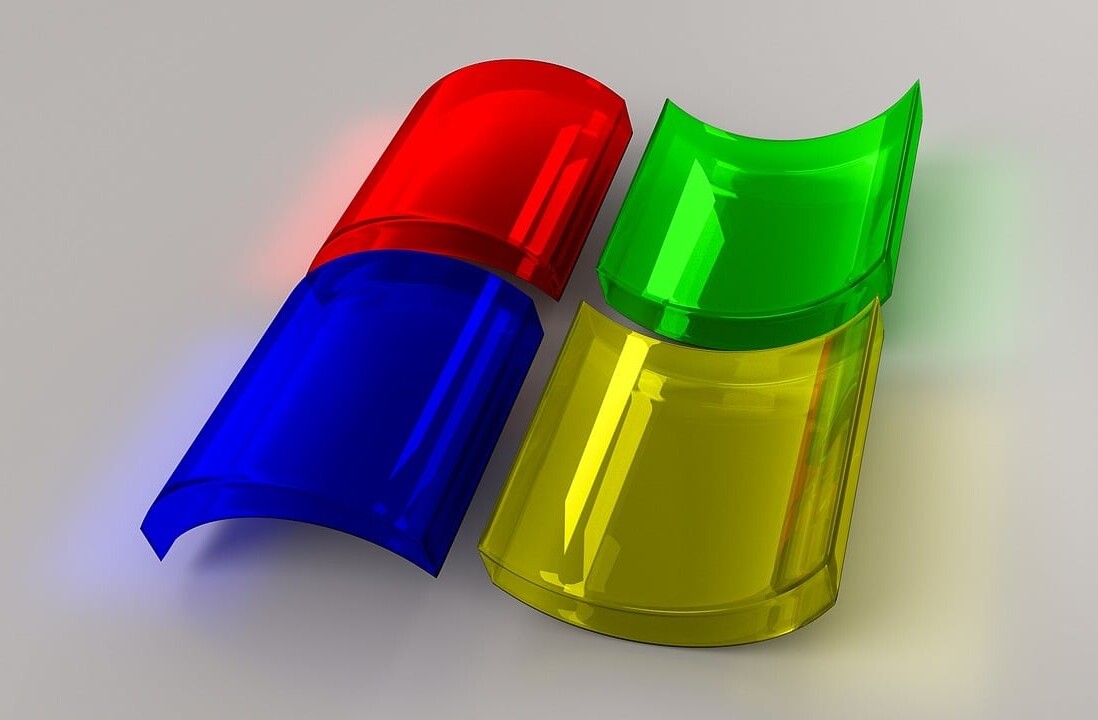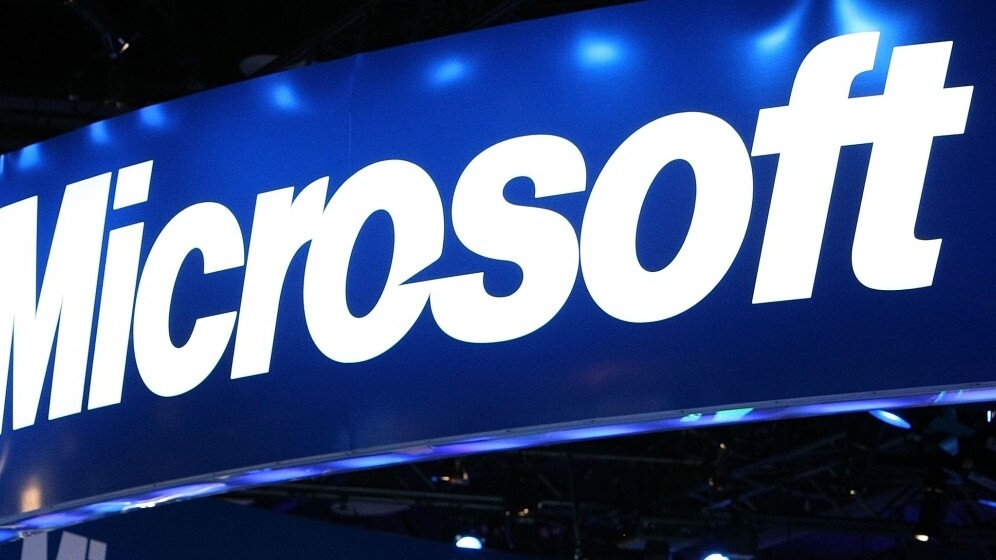
With the announcement that Steve Ballmer, the current CEO of Microsoft will be retiring within 12 months, let’s take a look at what that could mean for Microsoft and the future of the company’s products.
Love him or loathe him, Ballmer’s booming voice has come to be a staple of Microsoft press conferences and with a replacement yet to be lined up, we’re not too sure who will step into those shoes. In Ballmer’s statement he said “We need a CEO who will be here longer term for this new direction” and I couldn’t agree more.
Ballmer has been criticized in the past, for many things, not least of which was his gamble on Windows 8. In taking an ‘all or nothing’ approach to the now-current version of Microsoft’s Windows OS he tried to hold on to dominance in a market that the company knows well, rather than take the initiative in other potentially lucrative sectors.
Max out on mobile
Windows Phone is a good example of this. When the world was waking up to the possibilities of smartphones before the iPhone had launched, Microsoft already had a smartphone operating system. Granted, Windows Mobile was clunky and unwieldy to use, but it had the potential to be something great one day.
Instead, Microsoft’s attention was focused elsewhere and Apple and Google got a clear run at the market with Android and iOS. The best response Microsoft could muster at the time was the Kin. Which is best forgotten, really.
Windows Phone is ultimately what followed, and the first release was far from great. Subsequent updates to the platform, first to Windows Phone 7.5 and then 7.8, led to where we are today with Windows Phone 8.
While the platform has shown gains in recent months, it has been nearly three years since the first version hit the market and it really needs to gain traction faster in key markets (as well as developing ones) if it wants to attract anywhere near the user numbers of iOS and Android globally. The key supporter (not least because it involved $1 billion per year ‘platform support’ payments) of Windows Phone has been Nokia from the start, with others such as Samsung and HTC dipping their toes in the water with a few models.
However, with Ballmer soon to step aside, his replacement could steer the relevant heads of the hardware and Windows Phone business units (Terry Myserson and Julie Larson Green, respectively) to focus more attention directly on the mobile and tablet market.
With many industry pundits and analyst houses decrying the ‘death’ of the traditional PC anyway, putting more resources behind these units can only make sense if Microsoft wants any hope in leading any part of these markets, rather than just following along and trying to keep pace with rivals.
Perhaps it could do as it did with its Surface tablets – a rare example of Microsoft trying to actually defy expectations, despite the end result – and manufacture one or two of its own handsets, although this would likely rub Nokia up the wrong way and could cause problems with other manufacturer’s considering building handsets to run the OS.
Yes, it did try this with Kin, but it has a proper platform now, that can actually compete and the point of it would be to stir inspiration in OEMs’ handset designs, which can only result in more interesting and diverse options, even if some of them flop.
Fight harder to be more relevant
While building its own handsets in a similar way as it did the Surface might sound like a terrible idea, particularly given how Ballmer admitted the company over-ordered on units of its RT model (a mistake his successor could perhaps avoid), Microsoft’s biggest problem in the tablet and mobile market right now is a lack of relevancy. It’s not seen as a market leader or as producing anything inspirational, and that’s what truly drives a following of consumers, rather than simply having a bunch of disengaged users.
Perhaps that could be one of the biggest criticisms of Ballmer’s tenure at Microsoft. He has successfully overseen new iterations of virtually every product but has overseen very little innovation, and innovation is what wins with consumer’s wallets in the long run. This isn’t just true of mobile-related markets, either, so Microsoft needs to fight harder to be seen as a leader, rather than the incumbent, of many markets.
Wearable technology is another good example of how Microsoft could be doing more to stay relevant and visible with consumers. Think for a second about which companies spring to mind when you think about wearable tech and I doubt any of them are Microsoft. Think about how much more it could be doing with something like in-car integration and technology.
Learn from its mistakes
It’s not just phones and tablets that Microsoft has seen pass them by either, we can’t forget that Microsoft at its peak was incredibly well-placed to dominate virtually any market it chose, it just chose to stick to the ones it knew best.
For example, with Microsoft’s reach it could have dominated search and online advertising or social networking if it had dedicated more effort to the emerging trends, rather than sticking rigidly with its cash cow operating system. The same goes for the online music streaming market, it was Microsoft’s to lose, and it did, by not creating the demand for it.
While Ballmer arguably didn’t directly oversee any of these projects as CEO of the company, he was ultimately responsible for all of them as the head of the company. One of the other key things that could, and perhaps should, change under the new CEO is the trend of making substantial but in some cases a little tangential acquisitions. Skype, for example, while a good service, was hardly cheap at $8.5 billion.
Invest more in ‘the little guy’
What would be better is taking more risks on smaller acquisitions – many of the most of the exciting developments in technology are now being made by startups, rather than in the R&D labs of behemoths. Snapping up more of those could give some units the kickstart Microsoft needs. And if it is going to keep buying other companies, it needs to do a better job of integrating them into the bigger picture far more quickly – there’s no point in having multiple technology platforms that aren’t interoperable with each other if what you’re trying to deliver is a converged experience.
Work on better timing
To be fair, it’s not as if the company is particularly limited in its thinking or ambitions, it just seems incapable of getting the timing right. Smartphones, tablets, the idea of ‘the connected home’ – Microsoft was there before much of the competition but just couldn’t find a way to bring it to market at the right time in a way that resonated with consumers. It’s one thing to make something great, it’s another entirely to convince people it’s the future.
With Ballmer stepping down, the door is now open to a world of potential freedom and a new focus that could lead to Microsoft being viewed in a new light, as an inspirational innovator with cutting-edge ideas and the muscle to bring it to market. Or it could just carry on doing the same thing it has been for the last decade or so.
Featured image credit: Getty Images, Stephen Lam/Getty Images, Saul Loeb/AFP/Getty Images, Kimihino Hoshino/AFP/Getty Images
Get the TNW newsletter
Get the most important tech news in your inbox each week.

